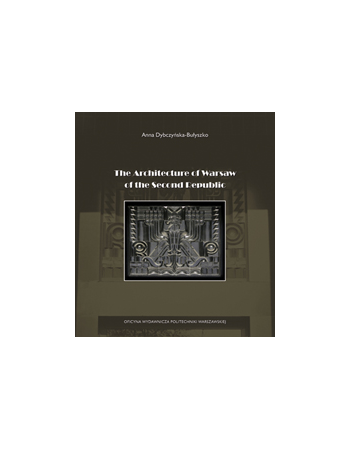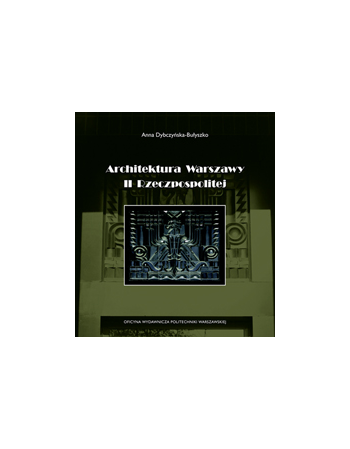The Architecture of Warsaw...
The Architecture of Warsaw of the Second Republic. A. Dybczyńska-Bułyszko, The Warsaw School of Architecture Against a Backdrop of the Cultural Changes of the Interwar Period
The author deals with the architecture of mid-war Warsaw but she presents it in a very wide anthropological context – aesthetic, cultural, social, technical, philosophical, economic... Therefore, in this book everyone can find something inspiring–appreciate the beauty of the presented objects, understand their functions, learn about the history of Warsaw, find a connection with the present, and first of all, learn to “read architecture”–notice how much it can tell us about the societies that created it.



